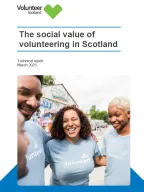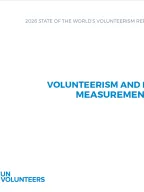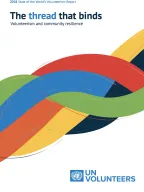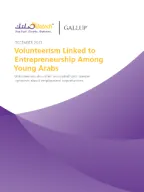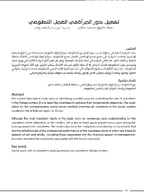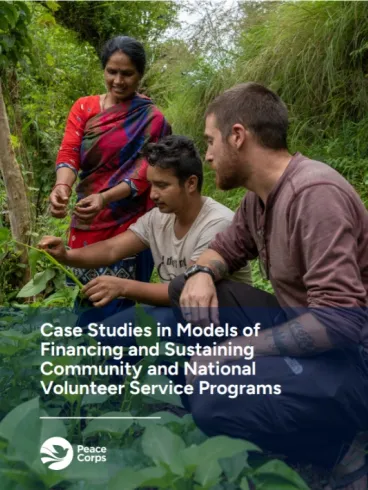
Technical paper
Case Studies in Models of Financing and Sustaining Community and National Volunteer Service Programs
Volunteerism
Download
Fast read
This publication includes a compilation of case studies from different organizations and educational institutions across the world, outlining approaches to funding models and sustained volunteer service programs as well as to measuring and communicating impact.
Synthesis
- This compilation of case studies draws from illustrative global models to address gaps in knowledge and practice in establishing and sustaining volunteer efforts.
- In both domestic and international volunteering, there are many models of service through which activities take place, often simultaneously in a country. These include service-learning, community and faith-based, national volunteer promotion, national service, and global volunteer programs. As such, these case studies aim to include examples that cover a variety of these community and national volunteer service program models.
- The case studies highlight many promising and effective practices – though not exhaustive – in establishing, sustaining, and allocating funding for volunteer and service-learning programs.
- For international donors, the lessons contained in these case studies show the power of long-term partnership and impact when they invest in volunteer service programs that impact people early on and throughout their lives, building a democratic dividend of participation and inclusion.
- For governments, learning and adopting model laws and public policies that ensure sustainable commitments of public and private resources can allow countries to establish scalable responses that meet development priorities such as education, health, and climate change mitigation, while also investing in young people’s professional development for long-term prosperity.
- For non-profit organizations, the findings of this research and case studies can allow for a structured process of innovation around diversified resource mobilization that builds strategies for both public and private sector investments, international or philanthropic investments, and community enterprise or in-kind resource contributions. Together, these can help take model programs from start-up to sustainability.













